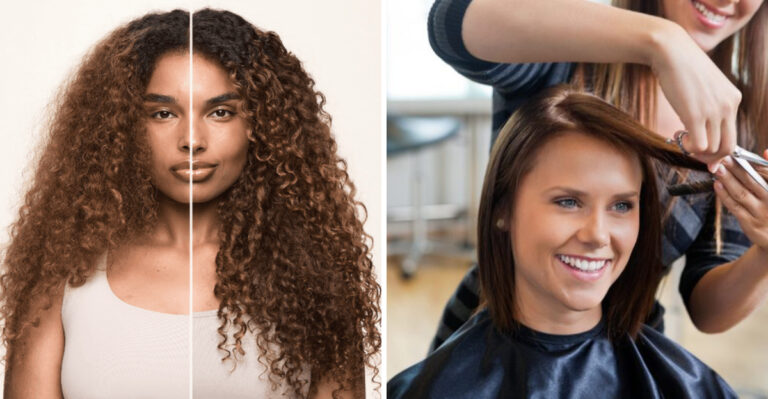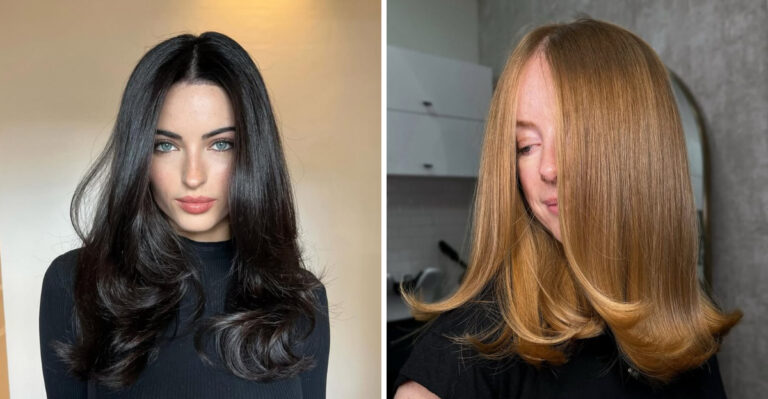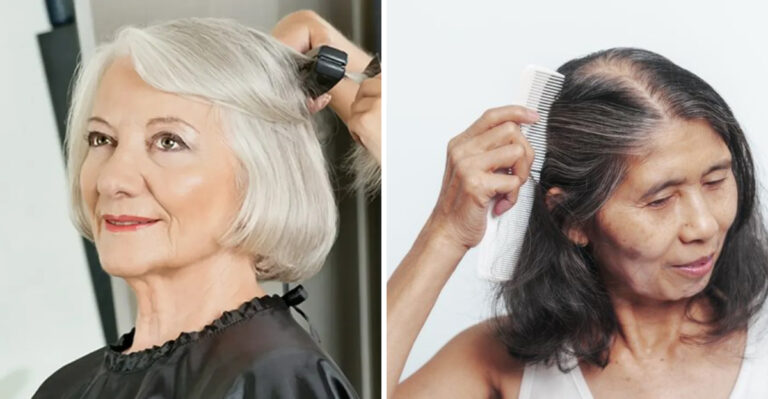Thinning Hair Solutions: 20 Everyday Tips For Fuller, Healthier Hair

Noticing more hair in your brush lately? You’re not alone. Thinning hair affects millions, but simple everyday changes can make a big difference. From what you eat to how you style, these practical tips will help you achieve the fuller, healthier hair you’ve been dreaming about.
1. Scalp Massage Magic

Five minutes of daily scalp massage stimulates blood flow to hair follicles. This increased circulation delivers more nutrients and oxygen to the roots.
Use your fingertips (not nails) to make gentle circular motions. Many people notice less shedding after just a few weeks of this simple practice.
2. Protein-Packed Diet

Hair is made of protein, so eating enough is crucial for growth. Include eggs, fish, chicken, and legumes in your meals regularly.
Lack of protein actually forces your body to ration what’s available, shutting down hair growth. Most people need about 50-60 grams daily for optimal hair health.
3. Silk Pillowcase Switch

Cotton pillowcases create friction that damages hair while you sleep. Silk allows hair to glide smoothly, preventing breakage and preserving volume.
The smooth surface also helps maintain hair moisture overnight. Many users report waking up with less bedhead and fewer broken strands in the morning.
4. Volumizing Shampoo Selection

Look for shampoos with keywords like ‘volumizing’ or ‘for fine hair.’ These formulas contain ingredients that coat strands, making them appear thicker.
Avoid heavy moisturizing or oil-based shampoos that weigh hair down. Products with biotin, keratin, or rice protein are particularly effective for creating fullness.
5. Cold Water Rinse Finale
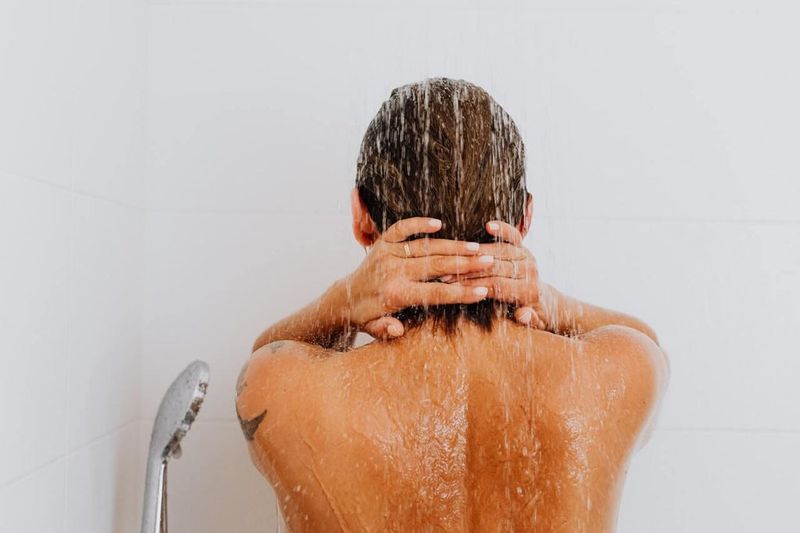
Finishing your shower with a cold water rinse seals the hair cuticle. This simple trick makes strands reflect more light, appearing shinier and fuller.
The cold temperature also reduces moisture loss and frizz. Just 15-30 seconds of cool water is enough to see noticeable results in your hair’s appearance.
6. Strategic Hair Part Changes
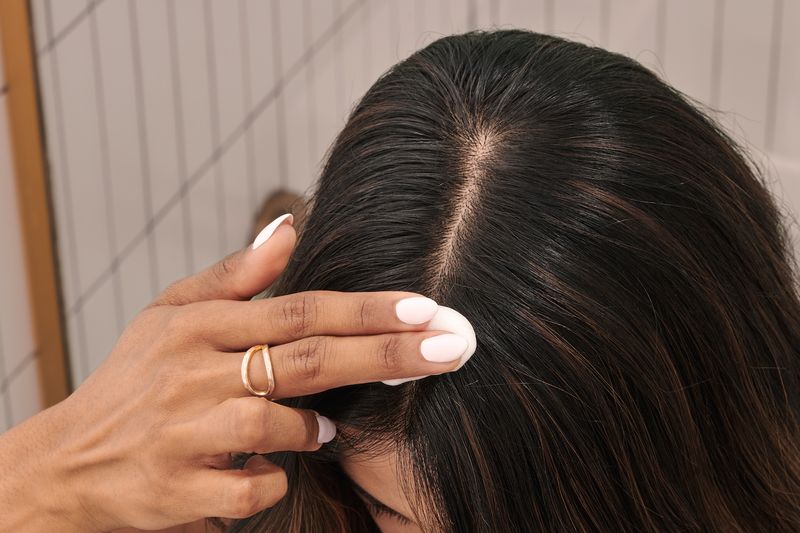
Repeatedly parting your hair in the same place can lead to flattening and increased thinning along that line. Switching your part periodically redistributes stress.
Try a zigzag part for instant volume boost. When hair falls in a different direction than usual, it automatically creates lift at the roots.
7. Gentle Drying Techniques
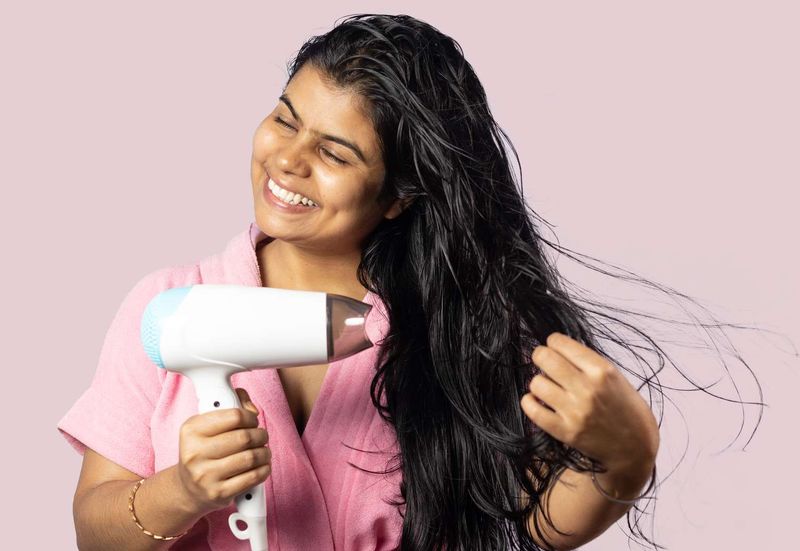
Rough towel-drying creates friction that damages hair cuticles. Instead, gently squeeze excess water with a microfiber towel or soft t-shirt.
Allow hair to air-dry whenever possible. When using a blow dryer, keep it on the lowest heat setting and hold it at least six inches from your head.
8. Vitamin-Rich Supplements
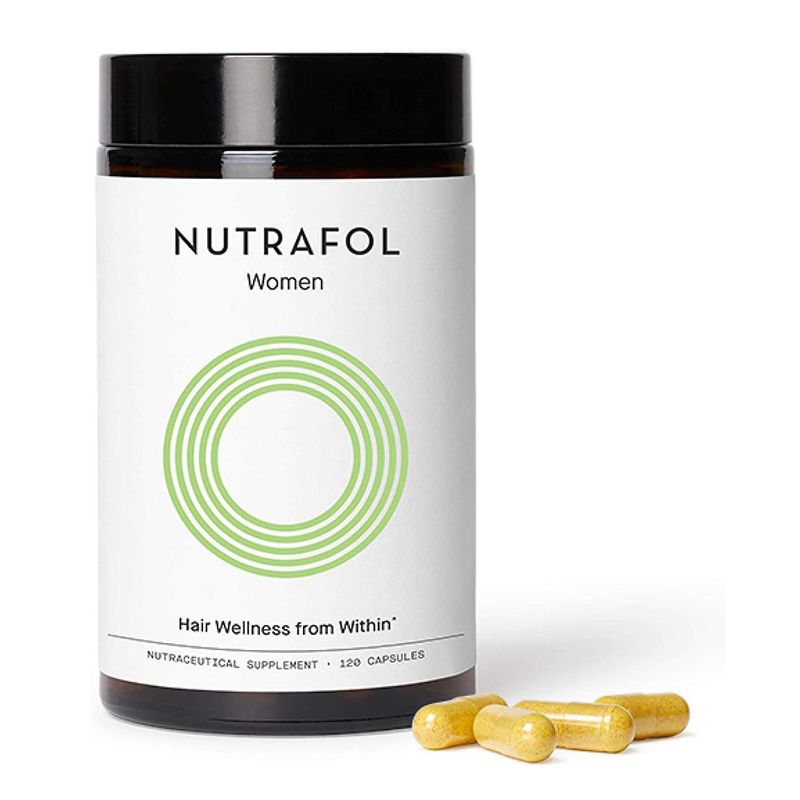
Certain nutrients specifically support hair growth. Biotin, vitamin D, iron, zinc, and omega-3 fatty acids are particularly important for stronger, thicker strands.
Consult your doctor before starting any supplement regimen. Blood tests can identify specific deficiencies that might be contributing to your thinning hair.
9. Root-Lifting Products

Root lifters add volume exactly where thinning hair needs it most. Apply to damp roots before blow-drying for maximum effect.
Mousse provides flexible hold without weighing hair down. For best results, flip your head upside down while applying product and during the initial drying phase.
10. Heat Styling Reduction

Excessive heat damages the protein structure of hair, making it brittle and prone to breakage. Limit blow-drying, straightening, and curling to 2-3 times weekly.
Always use a heat protectant spray before styling. These products create a barrier between your hair and the hot tools, minimizing damage.
11. Strategic Haircut Selection

Blunt cuts make hair appear thicker by creating the illusion of weight at the ends. Layers can add movement but too many thin out the overall appearance.
Shorter styles generally look fuller than longer ones. A skilled stylist can recommend the most flattering length for your particular hair type and face shape.
12. Coloring Techniques For Fullness

Hair color expands the cuticle slightly, making each strand appear thicker. Multi-dimensional color creates the illusion of depth and volume.
Highlights and lowlights add contrast that tricks the eye into seeing more hair. Avoid single-process dark colors which can make thinning more noticeable against the scalp.
13. Stress Management Practices
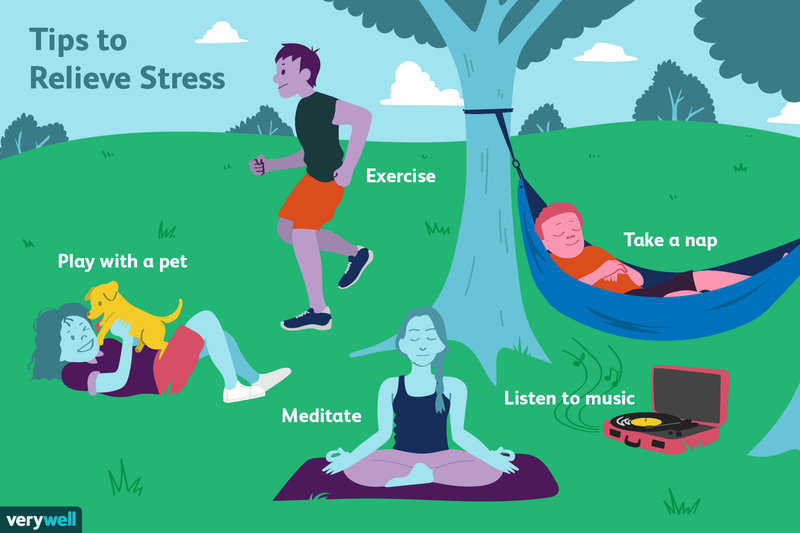
Chronic stress triggers telogen effluvium, a condition where hair prematurely enters the shedding phase. Regular meditation, yoga, or deep breathing exercises can help.
Try setting aside just 10 minutes daily for stress relief. Many people notice reduced hair shedding within a few months of implementing consistent stress management.
14. Scalp Exfoliation Treatments
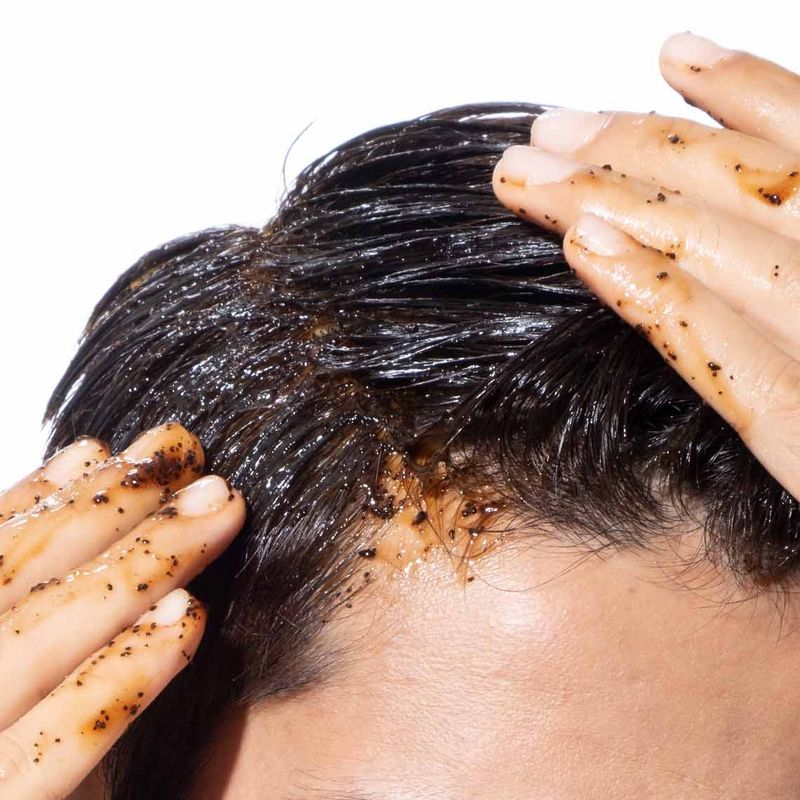
Product buildup and dead skin cells can clog follicles, impeding growth. Monthly scalp exfoliation removes these barriers, creating optimal conditions for new hair.
Use a specialized scalp scrub or make your own with brown sugar and oil. Gentle circular motions with fingertips ensure thorough cleansing without irritation.
15. Overnight Oil Treatments
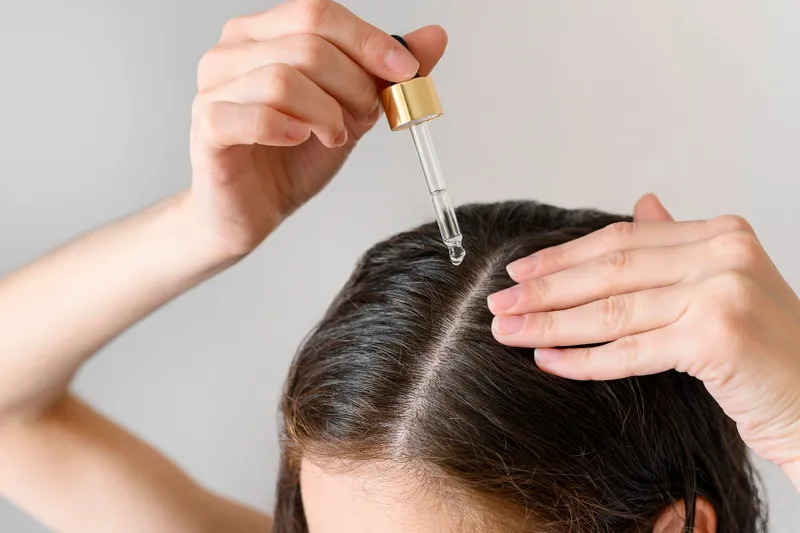
Rosemary, castor, and coconut oils have properties that support hair strength and growth. Apply sparingly to your scalp before bed once weekly.
Cover with a shower cap to protect your pillowcase. These oils nourish follicles and improve scalp health while you sleep, contributing to thicker growth over time.
16. Protective Hairstyling Methods

Tight ponytails, buns, and braids create tension that damages follicles, especially along the hairline. Opt for loose styles that don’t pull on roots.
Use fabric hair ties instead of elastic bands. When securing hair back, position it lower on the head to reduce strain on already-vulnerable areas.
17. Thickening Fiber Products
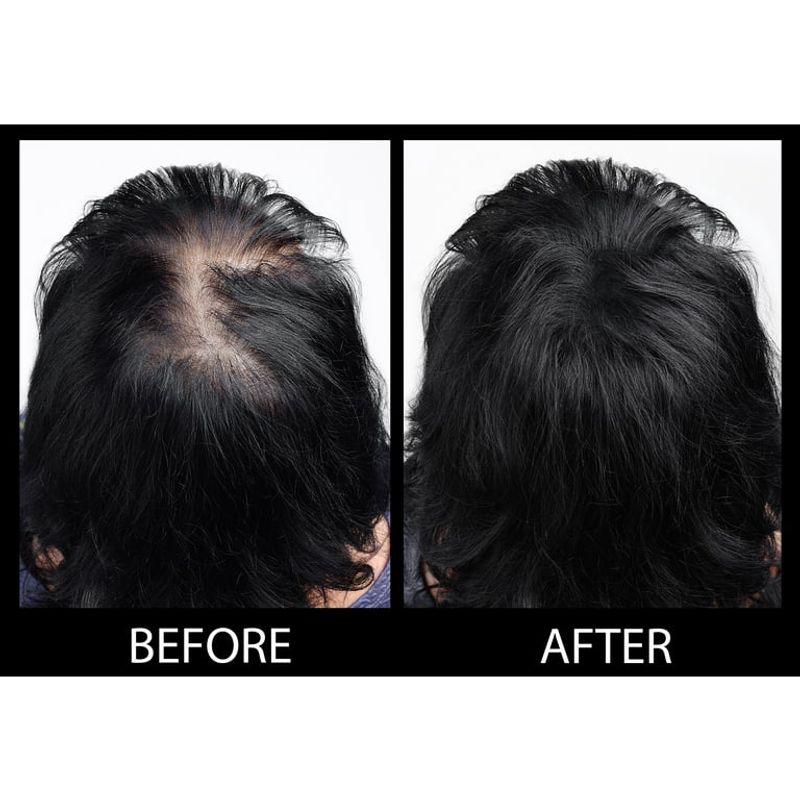
Hair fibers are tiny, statically-charged keratin particles that cling to existing strands. They instantly create the appearance of fuller hair and cover visible scalp areas.
Available in various colors, these products stay put until your next shampoo. Apply by shaking or spraying onto dry, styled hair for immediate results.
18. Regular Trimming Schedule

Split ends travel up the hair shaft, causing breakage that makes hair appear thinner. Scheduling trims every 8-10 weeks prevents this damage from spreading.
Even removing just ¼ inch can make a significant difference. Healthy ends create the appearance of overall thickness and allow hair to grow longer without breaking.
19. Dry Shampoo Volume Boost
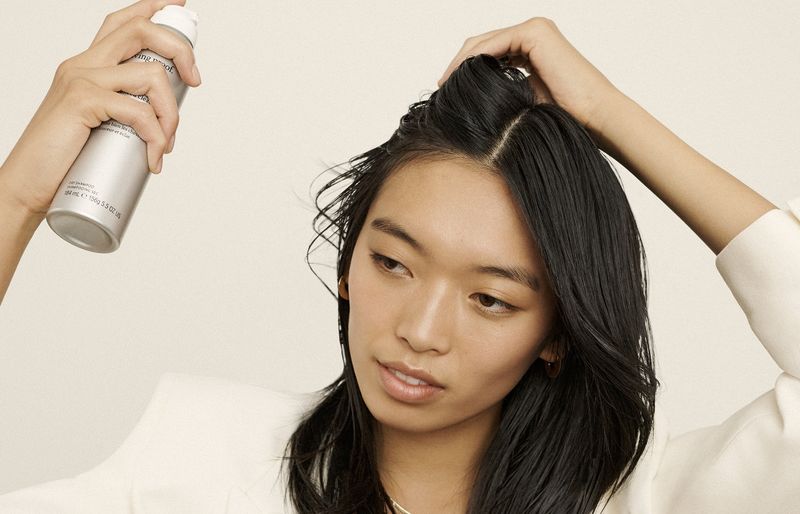
Dry shampoo absorbs excess oil that weighs hair down at the roots. Apply to second-day hair, focusing on the crown and underneath sections.
Spray 6-8 inches away from dry hair, then massage in. The powder texture creates friction between strands, instantly adding volume while extending time between washes.
20. Hydration Habits

Dehydration affects hair just like it affects skin. Aim for at least 8 glasses of water daily to support healthy follicle function.
Proper hydration helps transport nutrients to the scalp and removes waste products. Many notice improved hair texture within weeks of increasing their water intake.

